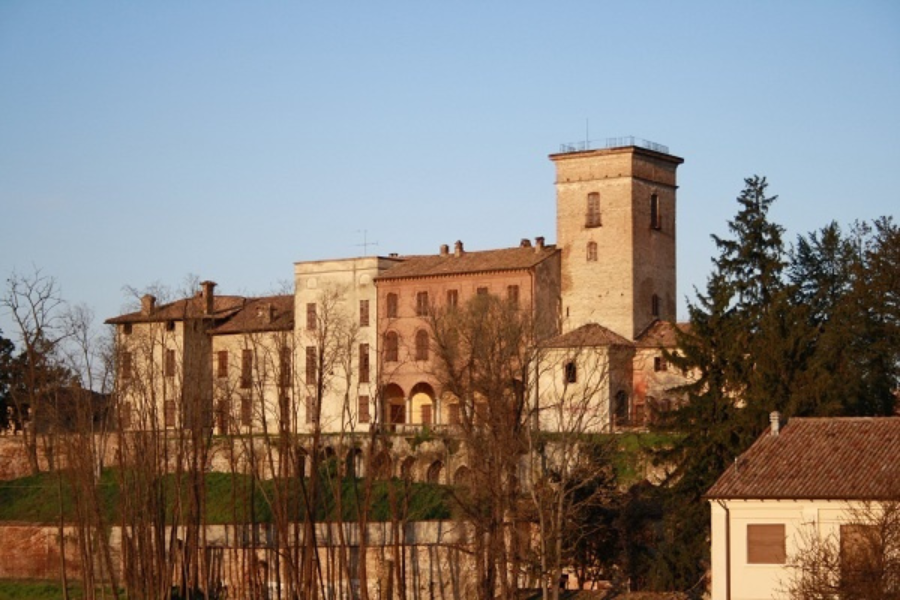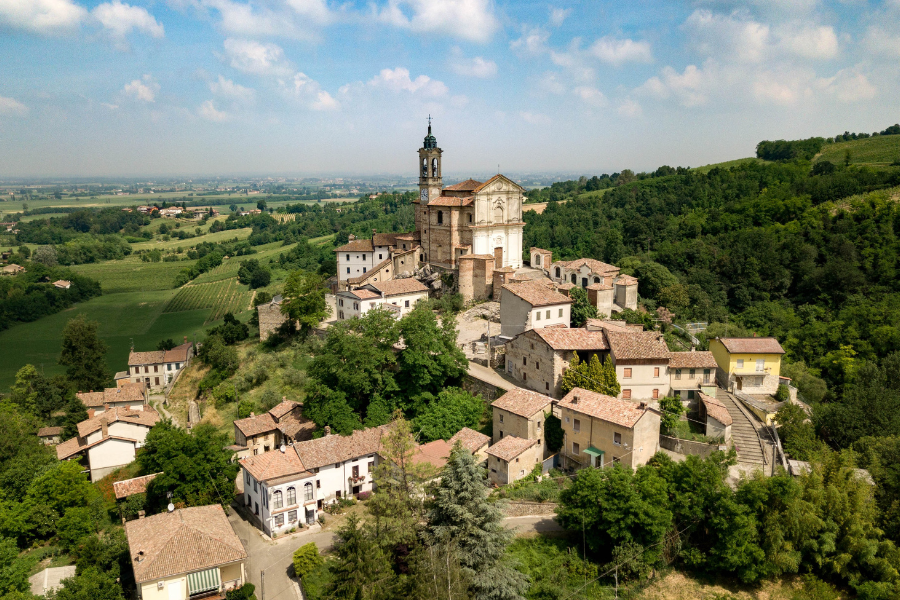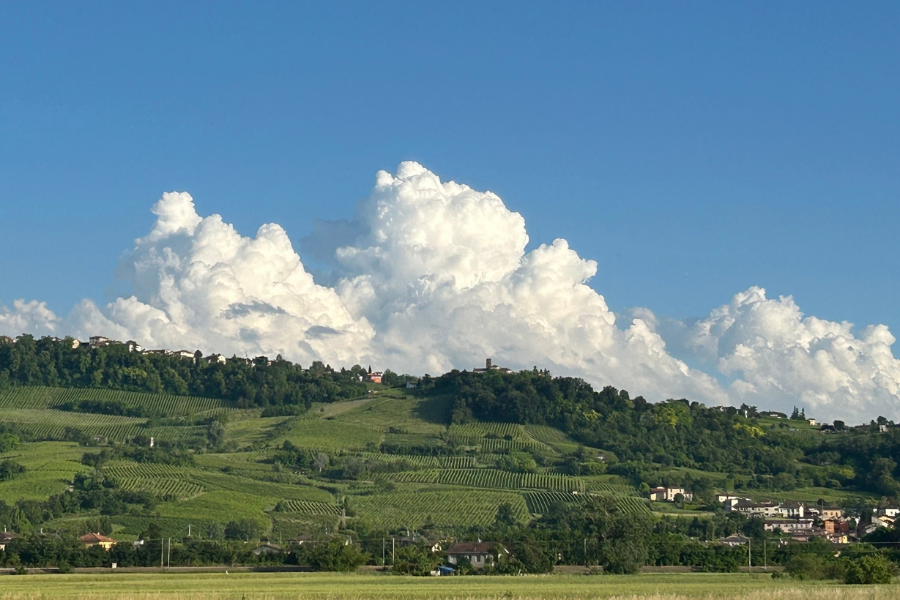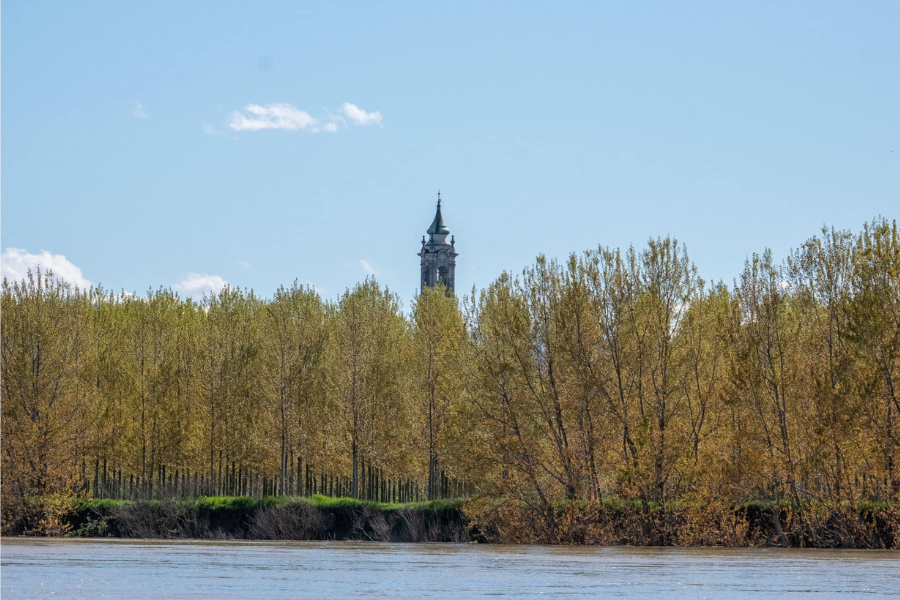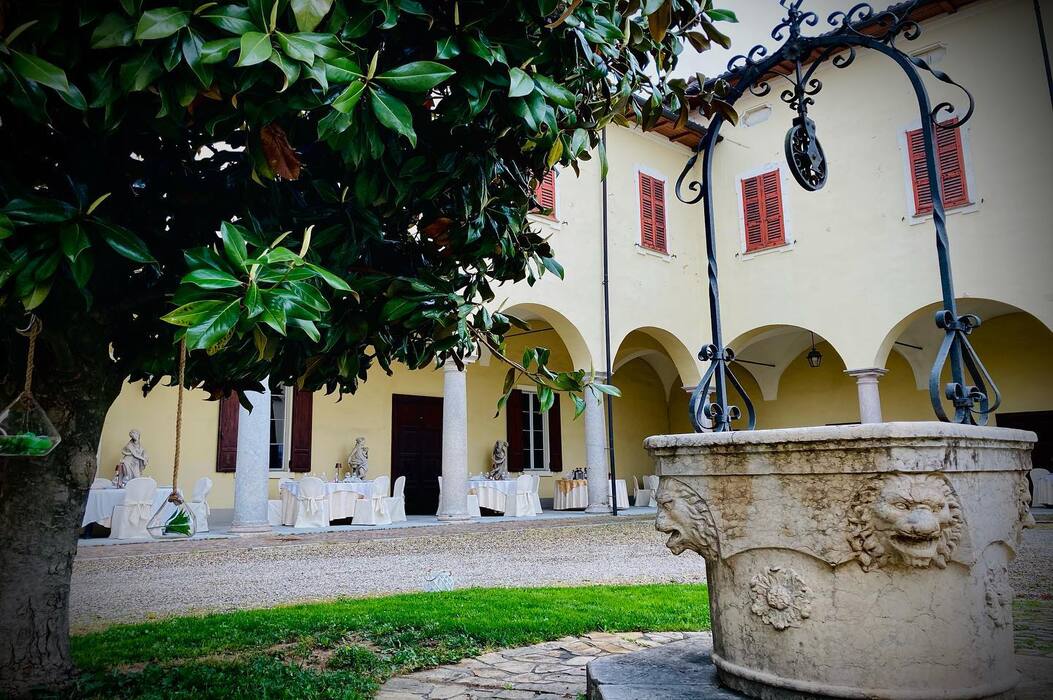Borgo di Cecima in Oltrepò Pavese, amidst beautiful hills and bright stars

The medieval village of Cecima is located in the beautiful hills of the Oltrepò Pavese and is part of the Oltrepò Pavese Mountain Community.
Origins
The origins of Cecima probably lie in the Ligurian culture from which the name could also derive (as in the case of the village of Varzi) and would mean‘land of the east’.
Archaeological remains dating back to the Neolithic period have been found.
Its development continued until medieval times, when the village became an agricultural and religious centre of some importance.

Image taken from the website dedicated to the archaeological site of il Castelliere di Guardamonte
History
The history of the village is marked by the rule of various noble families who left an important cultural and architectural legacy. The first documented mention dates back to 943, when it was donated by King Lothair to Bishop Litifredo of Pavia. A moment worth remembering is 1419, when bishop Pietro Grassi promulgated the Statutum Comunis Zecimae, a collection of regulations that included those on wine duties, protection of property, maintenance of roads, ovens, scales and also sanctions to protect women.
In 1544, the village was assigned to the Sforza family and in 1859 it became part of the province of Pavia.
In 1956 Cecima was granted administrative autonomy, after being annexed to the municipality of Ponte Nizza in 1928.
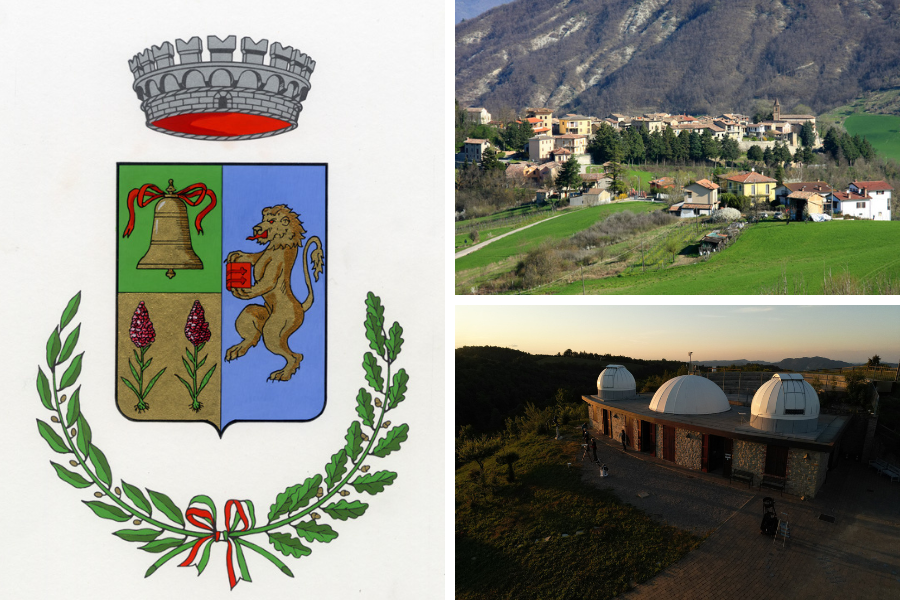
Points of interest
Historic Centre
The historic centre of Cecima is a medieval jewel with narrow streets paved with cobblestones from the Staffora torrent, flanked by stone buildings with exposed walls and no plaster, creating an evocative atmosphere.
Strolling through the village, visitors can discover characteristic corners and restaurants offering traditional local dishes.
You can still admire the ramparts of the old fort and see traces of the Porta Soprana demolished in 1936.
⛪Churchof Saints Martin and Lazarus
One of the most striking spots in Cecima is the parish church of Saints Martin and Lazarus, built in 1460 after the previous structure, dating back to the 12th century, had collapsed due to landslides.
The late Gothic sandstone façade is embellished with a central rose window, friezes and a magnificent pointed arch portal, surmounted by a cardinal’s coat of arms. Inside, there is a precious wooden polyptych of the Madonna of the Rosary with Child, St. Catherine and St. Dominic, dating back to the 15th century.
Image taken from the website of the Municipality of Cecima
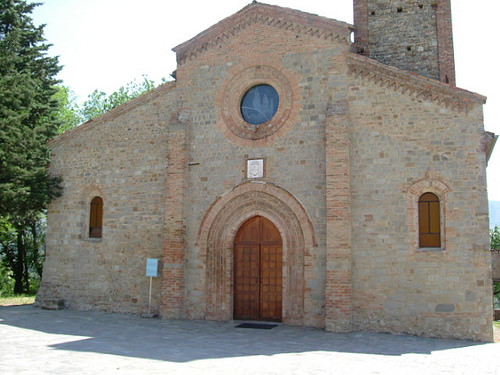
🛖Archaeological sites
On the southern slopes of Monte Vallassa lies the Guardamonte castelliere, considered theoldest settlement in the Oltrepò Pavese area. Discovered in 1951, this archaeological site has yielded notable finds that testify to a settlement community since the Neolithic period . Remains of huts, pottery and a kiln for the production of vases have been found.
📸Panorama
Cecima offers spectacular panoramic views of the Oltrepò Pavese hills. The panoramic viewpoints of the village are ideal places to take photographs and enjoy the natural beauty of the region.
The village is located near Mount Vallassa (752 metres) and Mount Penola (682 metres), overlooks the Staffora stream and marks the boundary of the valley crossed by the Curone stream.
🥾 Hiking trails
The surrounding areas lend themselves to hiking and walking. Numerous paths run through forests and meadows, perfect for theawe walk experience. What is awe-inspiring is not only around us, but also above our heads: its dominant position allows us to admire the sky and the stars.
It is no coincidence that there is an important astronomical observatory in Cecima.
🔭Ca’ del Monte Astronomical Observatory and Planetarium
The Planetarium and Astronomical Observatory of Cecima is located in Località Ca’ del Monte.
The observatory is located at an altitude of 670 metres, in a privileged position for observing the sky and during the opening periods, it guarantees the activity to be carried out even if the weather conditions in Cecima are not good.
The facility includes:
- A central dome equipped with a digital planetarium with over 60 seats.
- Two side domes dedicated to research and observation.
- An amphitheatre with over 200 seats, used for events and live projections of celestial bodies.
- The Planet Path, which reproduces the solar system
- The School of Astronomy dedicated to science dissemination and education
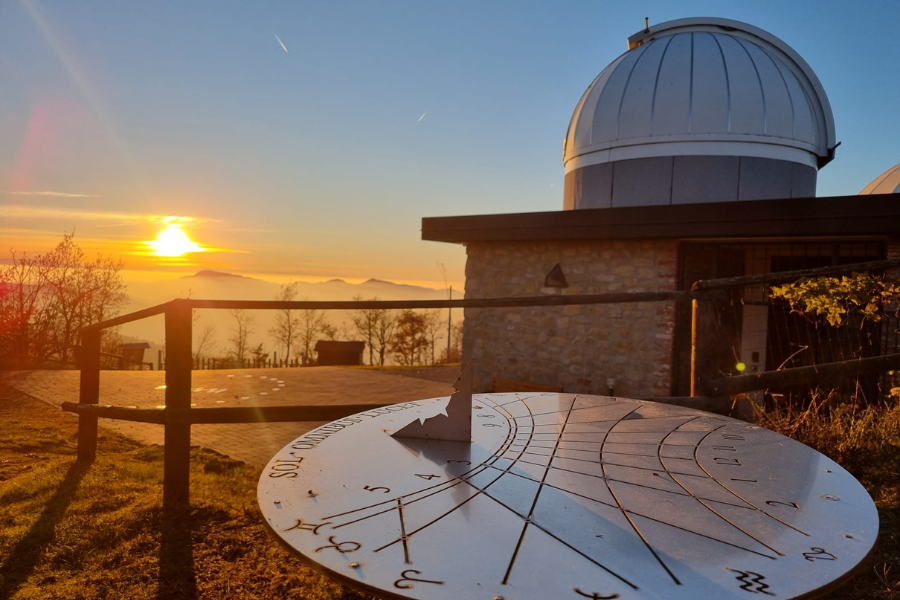
Image taken from the Cà Del Monte Planetarium and Astronomical Observatory Facebook page
In 2020, the European Space Agency (ESA) has selected 30 cultural venues in Europe – astronomical observatories, planetariums, museums – to host public events to celebrate 30 years of scientific achievements of the Hubble Space Telescope.
Among these 30 special places, the Cà del Monte Astronomical Observatory and Planetarium was chosen.
🛞The Cecima mill
Proceeding along the Staffora stream, we come to the 13th-century Cecima Mill, built at the behest of Bishop Guido di Langosco. It still retains two steel wheels and functioning stone millstones, thanks to an irrigation canal system.
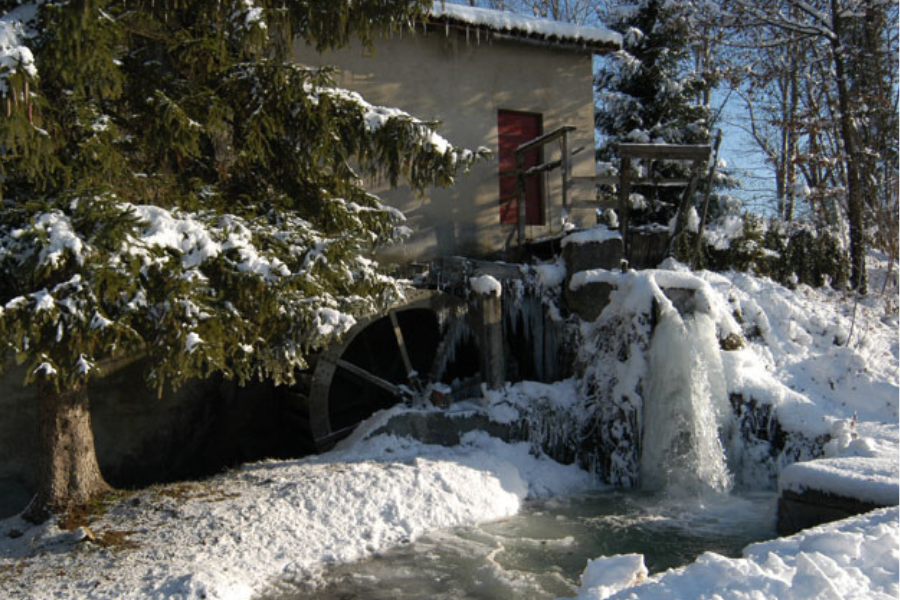
Image taken from the website of Comunità Montana Oltrepò Pavese
🍄🟫Gastronomia Local
The cuisine reflects local culinary traditions. Typical dishes include artisanal cured meats, mature cheeses, fresh pasta, grilled meats, mushrooms and the wines of the Oltrepò Pavese.
The restaurants in Cecima use fresh, seasonal ingredients to create dishes that enhance authentic local flavours.
Events
The patronal festival falls on the second Sunday in September.
🚗How to get to Cecima
Cecima can be reached by car. For those arriving from Milan, the most direct route takes theA7 motorway to Voghera, then continues along the SS461 in the direction of Varzi.
This small village is the perfect destination for those who love history, nature and astronomy: a journey through time that goes from prehistory to the Middle Ages, a journey face to face with nature from the hills of the Oltrepò to the stars in the sky, passing through the good flavours of the Cecima holiday farms.

 Save your favorite events
Save your favorite events




